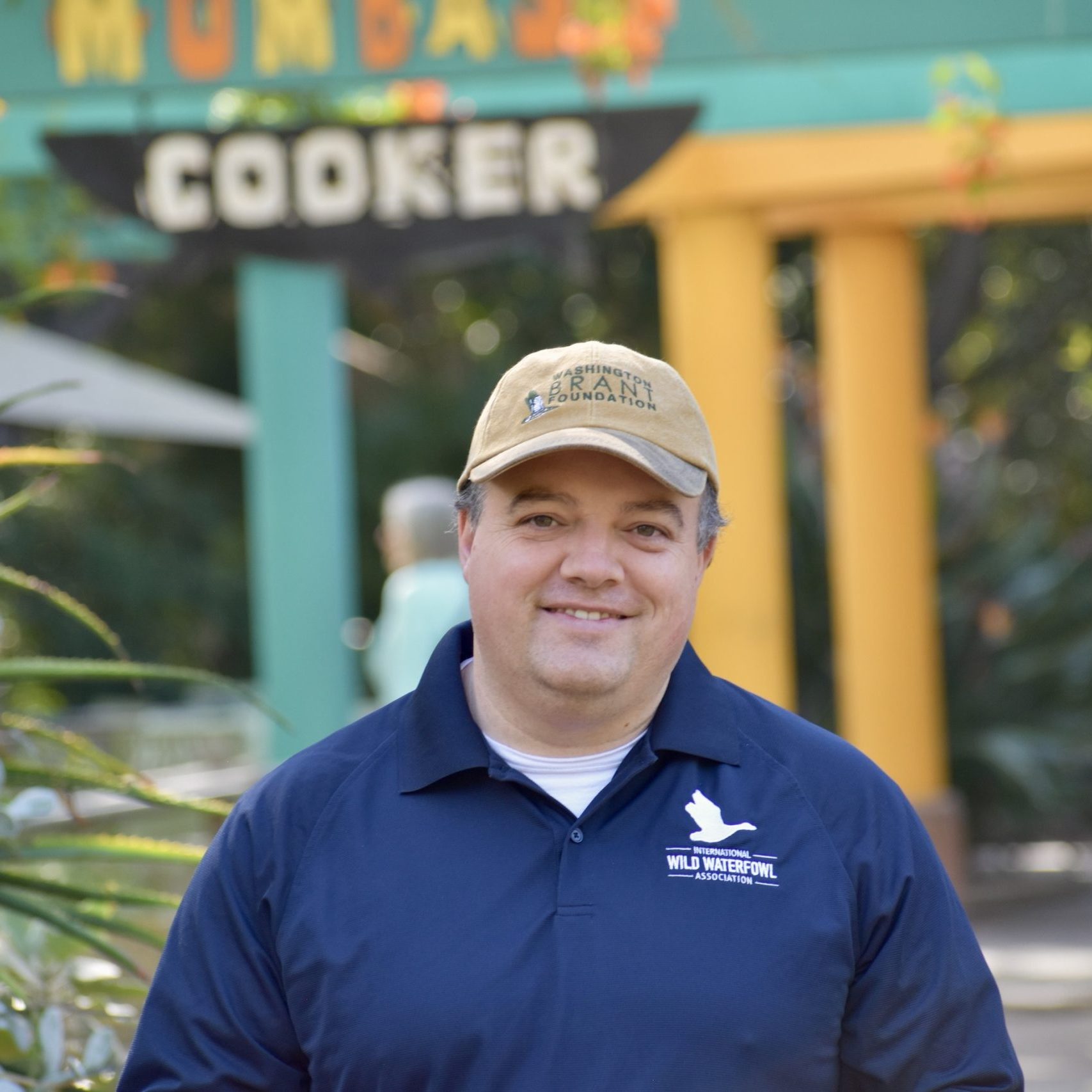Crafting a Career with Purpose: Pathway from LFS to Environmental Innovation

About
| Name | Maggie Lee |
| Title | Regional Head - Asia Pacific - Impact, Monitoring, and Reporting |
| Company | WWF – International |
| Grad year | 2005 |
| Program | Bachelor of Science in Food, Nutrition, and Health |
| Major | Food, Nutrition, and Health |
Maggie is an award-winning alum of the Faculty of Land and Food Systems (LFS). She shared her inspiring journey of overcoming challenges, from her time as an LFS student to building her current career. She reflected on how the lessons she learned along the way helped her develop a deeper understanding of how to apply her skills effectively in her professional life.
Maggie also shared valuable advice to both current and prospective LFS students when it comes to navigating one’s career and figuring out if LFS is the right fit for you.
From your experience, what has been the value of having an LFS degree?
LFS showed me how the environment works in cohesion – no one species or component of the environment is separate or independent of other forces and entities. A healthy environment is also paramount to food systems. We have a finite amount of resources in the closed system that is our planet, it is up to those who help mould the food systems to conserve resources and attain sustainability.
What was the most challenging class or project you undertook. What did you learn from this experience?
As someone who was consistently on the honour roll, I will never forget how it felt to be utterly helpless and desperate after failing organic chemistry too many times. It taught me what it means to know one’s weaknesses, work hard on them, and remember that life isn’t about the weaknesses – it’s about how you overcome them. There are resources such as UBC AMS tutoring and the LFS Peer Assisted Study Sessions (PASS) that students can utilize to get support for challenging courses.
What challenges did you face in launching your career?
My career took many sharp turns. Initially, I worked in fast food restaurants, then I found opportunities to work in a couple of supermarkets, where I went from food and beverage services to processed and fresh food products. After that, I went on to work for the largest food manufacturer and then the largest personal care manufacturer in the world. The challenges I experienced when launching my career were mostly grounded in my lack of understanding of what I wanted to do. Not only did I have difficulty focusing in class due to my attention deficit hyperactivity disorder (ADHD), I also had poor focus in life after graduation, unlike many of my peers who knew exactly what they wanted to do.
What do you like about your current job and what do you find challenging? How does it relate to your degree?
My job can be challenging, as many environmental conservation organizations have yet to measure and communicate the impact they have, hence we have embarked on a journey to revolutionize how we do monitoring, evaluation, and reporting. The fundamental learning of life sciences, ecology, environmental sciences, empirical research, data collection methodology, and statistics, all of which I’ve learned from being part of the Food, Nutrition, and Health Program (FNH), is critical in my current role.
Now that you have completed your undergrad and, in your career, what advice would you give to your past self or current LFS student?
I think you never take the wrong turns in life, because every step of the way is worthwhile if you learn something from it. I realized that none of my career was wasted when I look back. As irrelevant as burger-flipping and supermarket product-labelling may seem in environmental conservation, I put a majority of the knowledge and skills acquired during those days into very good use in my environmental work.
What advice would you give to a high school student considering your program in LFS?
As our world continues to evolve in an environment with much more volatility, uncertainty, complexity, and ambiguity (VUCA) compared with any other time in history, being able to produce and distribute food for our world becomes far more challenging than ever. Are you interested in taking on this challenge to solve one of the world’s most pressing and significant problems? This problem not only requires the most brilliant and diverse minds to solve, but also the most empathetic and compassionate souls to unravel the layers of inequity and sociopolitical intricacies that encase the problem. The FNH Program at UBC allows you to attain the skills and knowledge to better understand and be able to solve the most difficult challenges of our times.
Are there any achievements you would want to share with us?
- Incubator Seed Funding Award at UNLEASH 2018
- Best Paper Award at the International Conference on Sustainable Development 2020
- Kinship Conservation Fellow Cohort of 2022
- Top 75 finalists of the Top Canadian Immigrant Awards 2023
- Indo-Pacific Futures Fellow 2025 cohort
- Author of environmental ethical books for children
Find out more about our undergraduate programs in our Future Students page.
Tagged with: 2005, Food Nutrition and Health












